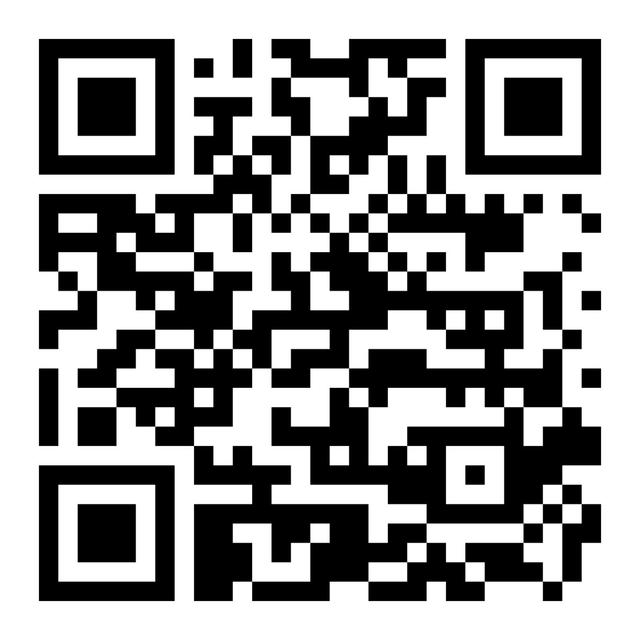The Bancroft Creek Trail follows Bancroft Creek drainage. This "upper Bancroft Creek" Bancroft Creek Biopath Trail will lead up stream in a north west direction. The lower trail will not be included here. Follow the QR signs and the photos, and text for information.
Bancroft Creek (BC) Biopath Station 1 - Please read text and study captions for all images that follow.
Eucalyptus Trees (the 100's of towering trees with long skinny leaves) which are from Australia and invasive, are the most common trees in Bancroft Creek at this time. They are a fire hazard and prevent most of the creek loving native plants from growing but they provide shade and cover for birds and butterflies until they are replaced by the appropriate Native Willows and Coastal Live Oaks.
**After studying BC Biopath 1 page below - Continue Northwest on the worn trail past the Eucalytpus trees up the gentle grade to BC Biopath Station 2 (next posted QR code) to learn about some plants that are native to the Coastal Sagebrush plant community.
Spiny Rush (above) - Juncus acutus is a tough survivor that is able to live under the strong, toxic -to-plants, chemicals of the Eucalyptus leaf litter. There are many of these hidden in the shade of the Eucalyptus trees. See if you can find and count as many as 10 of them. This and other "Rush Family" leaves were used by the Kumeyaay Native Americans to weave sturdy baskets. (images to right)
(Image right) General structure of a coiled basket. Bundles of flowering stems (culms) of deergrass (Muhlenbergia rigens ) were commonly used by the Cahuilla, Kumeyaay and other tribes for the foundation (primary coils) of the basket, around which the secondary coils were tightly wrapped. Basketbush (Rhus trilobata) was commonly used for the secondary coils, with intricate designs made from brown coils of rush culms (including Juncus acutus, J. effusus, J. lesueurii and J. textilis). Sometimes the rush culms were dyed to produce various color patterns. Other plants were also used for basketry in the American southwest, including willow (Salix), beargrass (Nolina microcarpa), yucca (Yucca elata) and devil's claws Proboscidea parviflora ssp. parviflora var. hohokamiana. - WP Armstrong Palomar College.
Deergrass (the primary component of Southwest Native Baskets) is located and described at Biopath Station 3 (the secondary coils are "Rush Grasses" like our Spiny Rush in Bancroft Creek.
Research Questions :
1. What is the main tree which dominates Bancroft Creek ?
2. Where is Eucalyptus originally native to ?
3. Could Native Americans find native plants to construct baskets in the Bancroft Creek area ?
4. Which (* Hint - 2) Native grass and reed - like plants could they use to build them ?
5. (Bonus) Name which animal is represented on the basket in the basket image above middle right ?
Kumeyaay Basket - Can you tell what kind of animal is represented in this weavings of this basket ?





